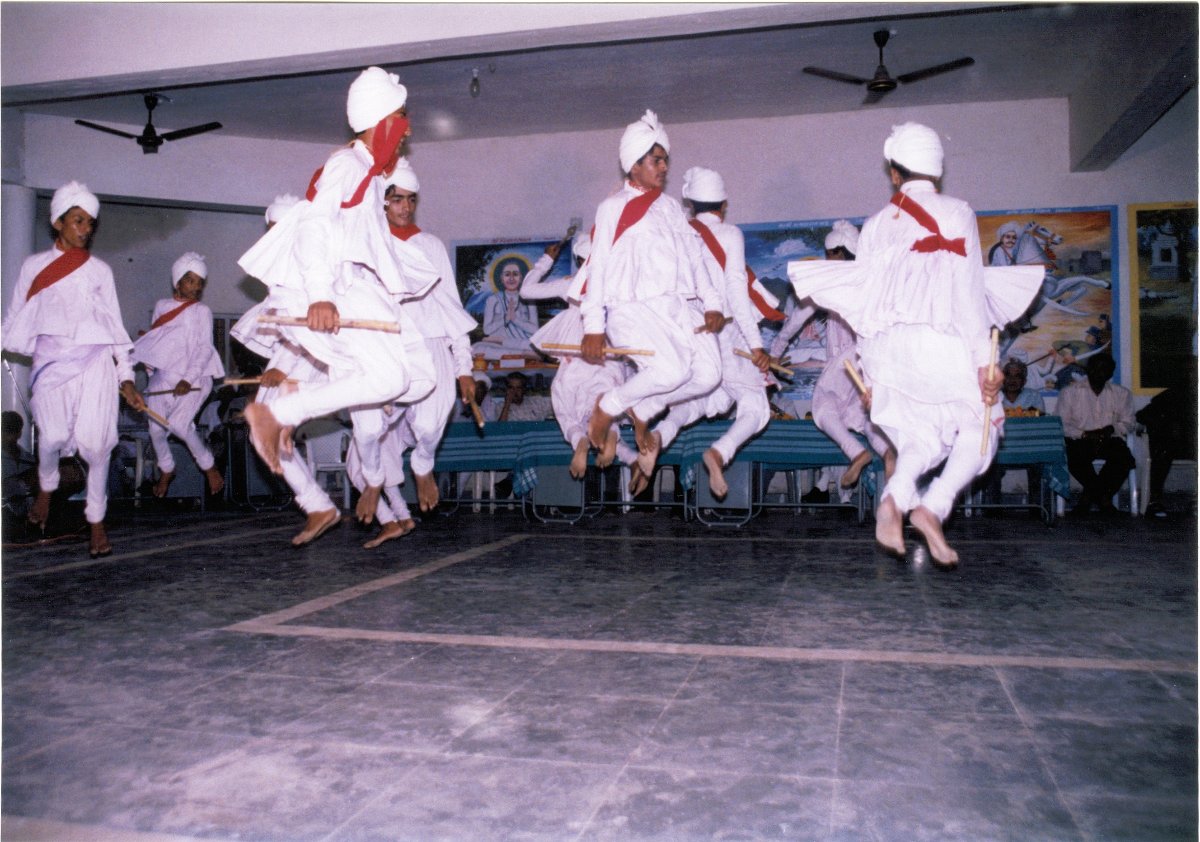“The aim of marketing is to know and understand the customers so well the product or services fits them and sells itself.” Peter Drucker
“The best way to find yourself is to lose yourself in the service of others.” Mahatma Gandhi
In these turbulent and stormy times, sailing can be perilous. Who knows when a rogue wave in the form of some technological disruption may capsize your boat? At what point might a tsunami of change overwhelm your navigation skills?
In a recent study I conducted at a large professional services firm, I discovered 4 “C’s” that leaders need to navigate in order to cross the chasm of choppy waters most organizations are sailing through – some more skillfully than others. I found that the difference between the most effective and least effective organizations revolves around their abilities to deeply understand Context – the first C; to Connect personally and professionally with their clients – the second C; to Collaborate productively with their internal partners as well as with the eco-system of external, alliance partners – the third C; and to build a Community of problem solvers who can skillfully navigate complexities and change – the fourth C. Let me take you on a deeper dive in all four “C’s”.
Context: Context consists of the cultural norms and values, the environment, and the relationship networks that either support you or undermine you. It is the interrelated set of conditions in which someone exists – circumstances that surround an event and give it meaning. Just as it is unfair to quote out of context, it is equally unfair to judge another person without a deep understanding of the context from which they came.
In business, context means the underlying marketplace conditions in which products and services are sold. It consists of the political, economic, social, competitive, and technological forces that affect success. As Peter Drucker implies in the opening quote, a deep understanding of this context makes success effortless.
In the helping profession, it means understanding the living, learning and working conditions that clients need to navigate. Without a deep understanding of context, it is impossible to discern the causes of whatever problems a client presents. To be successful as a business person or as a helping professional, here is a key context principle to follow: If you are able to describe the conditions in which clients live, learn, and work, then you can predict outcomes if nothing changes, AND you will be better able to prescribe solutions that will help clients achieve sustainable outcomes. Since life has become increasingly complex in conditions that are constantly changing, deeply understanding context is a necessary first step for success.
For example, in my work in corrections, I found that understanding the social context in which inmates committed crime made it much easier for me to get to the root causes of their issues and to help them develop strategies for navigating the conditions to which they would eventually return. That meant teaching them interpersonal skills, job interviewing skills, calming meditation, and practices that would help them lead a healthier, more productive life.
Connection: Three of Brene Brown’s leadership constructs are: 1) be authentic, 2) make yourself vulnerable, and 3) find personal and professional connections. Most leaders have difficulty with all three. They try to fake it until they make it, they put up their defenses and shut down their feelings, and they rely on command and control behaviors instead of forming deep connections with the people who actually get things done. Connectedness engenders a feeling of belonging and forges a feeling of affinity with a particular person or group. It’s about partnering vs. patronizing and trust vs. manipulation. One of the most critical attributes for people in business is to be able to build trust and form deep connections with their employees and clients. The same is true in any helping profession or service industry. Here’s the principle for connection: When people view you as a trusted partner in the process of realizing their hopes, dreams and aspirations, then they will be more open, direct and honest with you in their efforts to change and grow, so that both of you experience the joy of growing together. There is a beautiful song that my daughter plays for her twins with these beautiful lyrics: “We can change together and grow as we go.” She plans to play it at their bar and bat mitzvahs.
Almost 30 years ago, I wrote a book on Connectedness that was used extensively in psychiatric rehabilitation. The book covered the multiple ways we can form connections: to ourselves, to others, and to a higher purpose. On a personal level, we need to connect to our own thoughts, feelings, and sensations by noticing what’s going on in any moment in our bodies, minds, and hearts. In social or business settings, we need to develop deep connections to the people around us by responding accurately to how people are feeling, thinking, and behaving. In our spiritual quests, we need to connect to a higher purpose by passionately pursuing what gives us deep meaning in our lives. To me, these connections are vital to our living, learning, and working lives.
Collaboration: The biggest buzzword in business is collaboration. Everyone talks about it, but few actually do it well. Two of the reasons collaboration falls short of its intended goals are 1) a failure to understand the context of the people with whom they collaborating and 2) a lack of authentic connections with those people. A third reason is that we all live, learn and work in a highly competitive and fiercely independent culture. We hear things like “pull yourself up by your bootstraps.” We are told to read Ayn Rand. We celebrate individual heroic acts. We are told to climb the ladder of success. We read about people who have done that by crushing others on the way up and dominating them when they reach the top. I often use a scale in my consulting work that lets people assess where they are in relation to collaboration:
5: Interdependent
4: Collaborative
3: Independent
2: Competitive
1: Dependent
Interdependent means actively seeking ways to help each other succeed; collaborative means being open to sharing; independent means “going it alone” – only interested in personal goals; competitive means doing whatever is necessary to win – even if that means undermining a partner; and dependent means waiting for others to help you with your goals. Hey, in my experience with overwhelmingly competitive and independent people, collaboration seems like a real win. We know from conflict resolution research that the only way to achieve desired outcomes AND interdependent relationships is to collaborate. We also know that innovation is enhanced by tapping collective intelligence through collaboration. Here is the principle: If we collaborate with each other, then we are more likely to generate new solutions, so that we can help our partners and clients achieve sustainable outcomes.
Community: We are all striving for a sense of community and belonging. In business, effective leaders inspire their teams to become communities of problem solvers – working together to address complex problems in a changing world. Progressive organizations create communities of practice, communities of interest, and communities of diverse skill sets and perspectives. People join religions and political groups because they long for a sense of belonging, acceptance and validation.
The world suffers when communities are narrowly defined and reinforce rigid identification. The larger we see community, the better chance we have to achieve harmony, peace, and order. Here’s the principle for community: If we see the world as our community, we will build a healthy, innovative and productive civilization, so that everyone feels welcomed, wanted and appreciated. In healthy communities, each person’s voice is heard, each person’s opinions are valued, and each person’s feelings are respected.
Imagine a world in which more people understood the importance of context, connection, collaboration and community, i.e. they used the 4 “C’s” to navigate whatever rogue wave or change tsunami they encountered. Our businesses would flourish, our educational system would enable growth, and our correctional system would return people who took a wrong turn to the right path for re-integrating as productive citizens. And, ideally, our governments would turn away from extremism, turn toward effective execution. They may even rediscover the sense of service that it was created to discharge in the first place. As Mahatma Gandhi said, “The best way to find yourself is to lose yourself in the service of others.” May it be so.
Also published on Medium.




Thank you & Hope 2023 is great for you & yours!
Great Rick!
Now to chime in with this wonderfully full, Clear, Concise and Completely Constituted map of the 4 C’s allow me to dwell on who each of us is . . .
Called to be to
Contend with these and all such
Challenges to
Consummate our destiny by bringing supreme virtues to this plane
? And first let me note how joyous it is to word-play along with you dear Rick, as I pipe up as life-long interdependent blood and soul brother with you, by harmonizing with your “many-oriented celebrating of the 4 C’s” by singing to, with, and for, the ONE of the ultimate someONE each of us is.
And I do so as I Comply with my Consistent Calling to Commune by showing more than telling.
So, let me share a video of guiding experiential suggestions for shifting from all breathwork to breath BLESSING and further so as to Harmonize All of You with All and experience who you are as Divinely and cosmically sourced boundless timeless being:
Enjoy,
Loving Blessings,
Artie:
https://youtu.be/ienSa7-I1fo